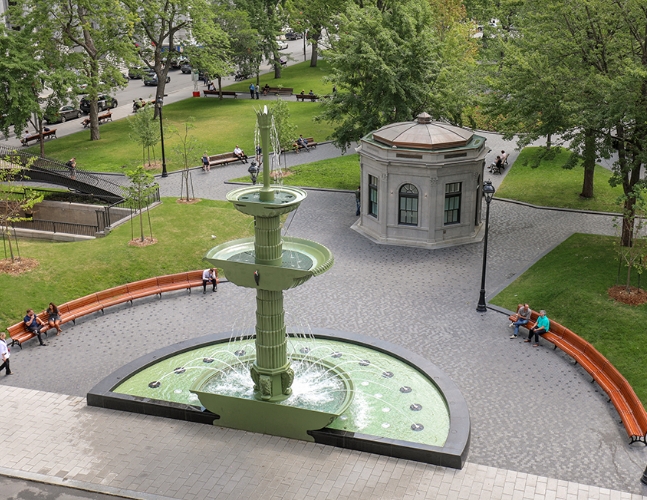Claude Cormier Landscape Architecture: Art in Nature
Claude Cormier is a trailblazer in the realm of landscape architecture, blending functionality with beauty to create spaces that inspire and engage communities. His work emphasizes a deep respect for the environment while embracing innovative design concepts. Understanding Cormier’s approach can inspire those interested in landscape architecture and urban design.
Innovative Design Principles
Cormier’s designs often challenge conventional boundaries by integrating artistic elements into functional public spaces. His projects exhibit a unique interplay of color, texture, and form, transforming everyday environments into artistic experiences. For instance, the Amesbury Park in Toronto showcases vibrant landscaping that invites community interaction while promoting ecological sustainability. By incorporating artistic flair into practical designs, Cormier elevates standard landscape architecture, making it not just functional but also a source of inspiration for local residents.
A Commitment to Sustainability
Sustainability lies at the core of Cormier’s philosophy. His projects often prioritize native plants and eco-friendly materials, which support local ecosystems. This commitment not only enhances the natural beauty of his designs but also fosters biodiversity and environmental health. Cormier’s work frequently encourages urban communities to engage with their natural surroundings, promoting awareness and appreciation of local flora and fauna. Such practices are essential as cities grow and urban landscapes expand, allowing for greener, healthier environments.
Community Engagement Through Design
Cormier understands that good design goes beyond aesthetics; it is about creating a sense of place and fostering community engagement. His projects often involve collaborations with local communities, ensuring that spaces resonate with the people who use them. For instance, his work on the ‘Ile de la Cité’ project in Montreal involved extensive community feedback, resulting in an inclusive space that reflects the cultural essence of the area. By engaging the community in the design process, Cormier creates spaces that serve the needs and desires of local residents while enhancing their overall quality of life.
Conclusion
Claude Cormier’s landscape architecture not only beautifies urban spaces but also promotes sustainability and community engagement. His innovative approach challenges traditional design methods, making him a significant figure in the field. If you’re interested in learning more about how landscape architecture can transform your community or environment, consider exploring Cormier’s work further. Engage with local projects or even start small in your backyard to see the profound impact design can have on our everyday lives.

